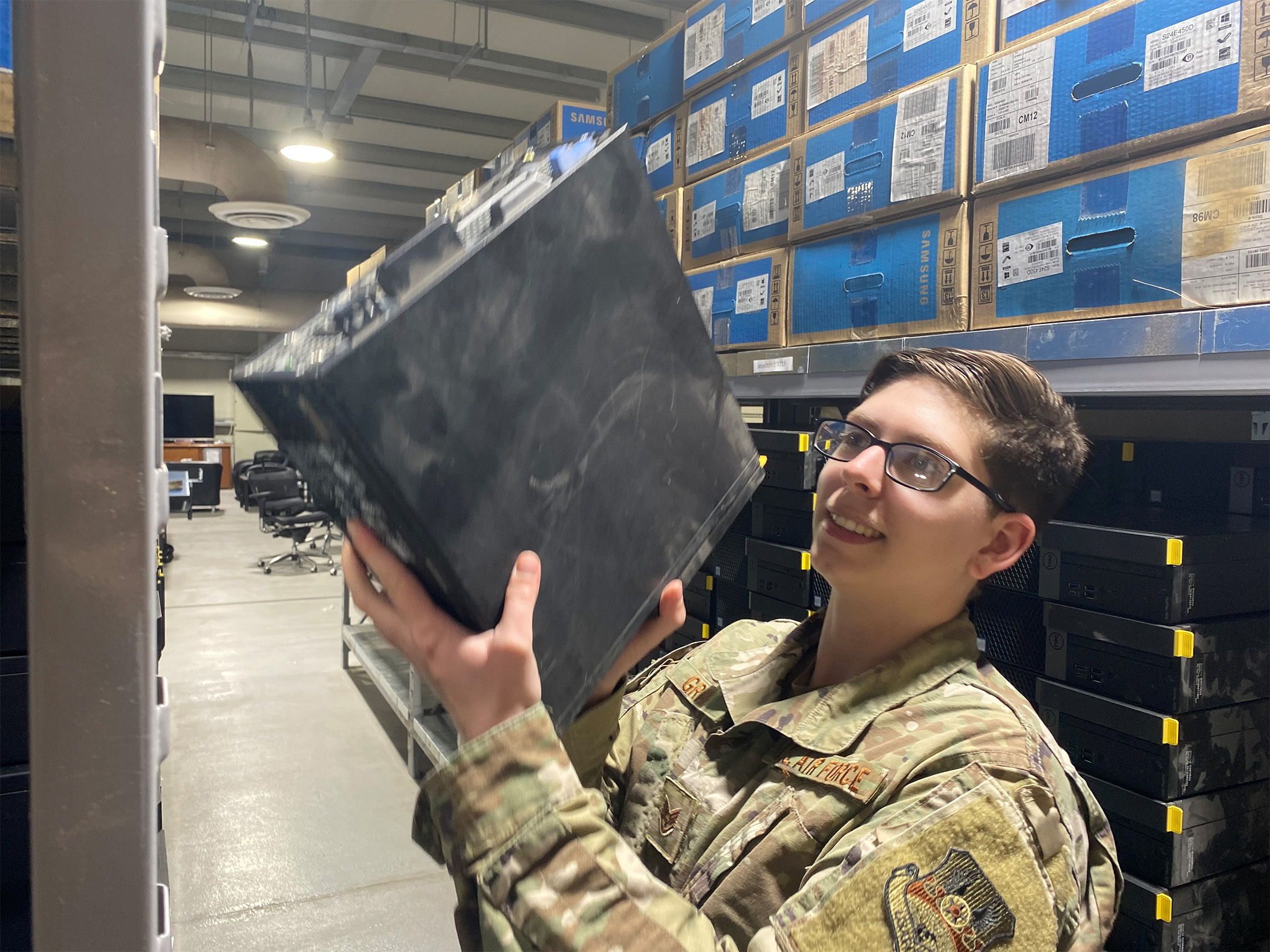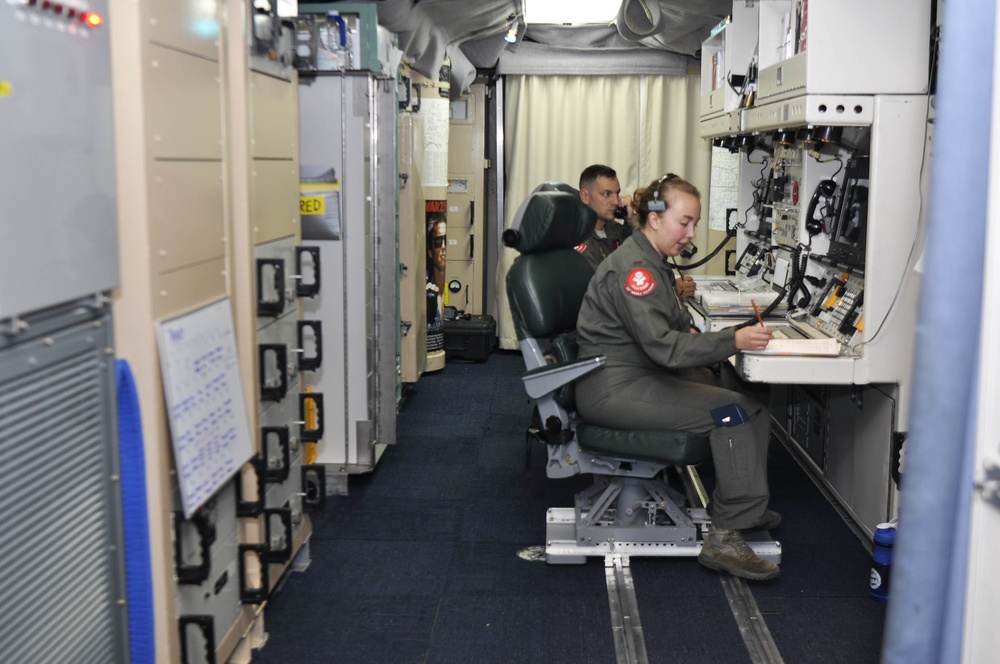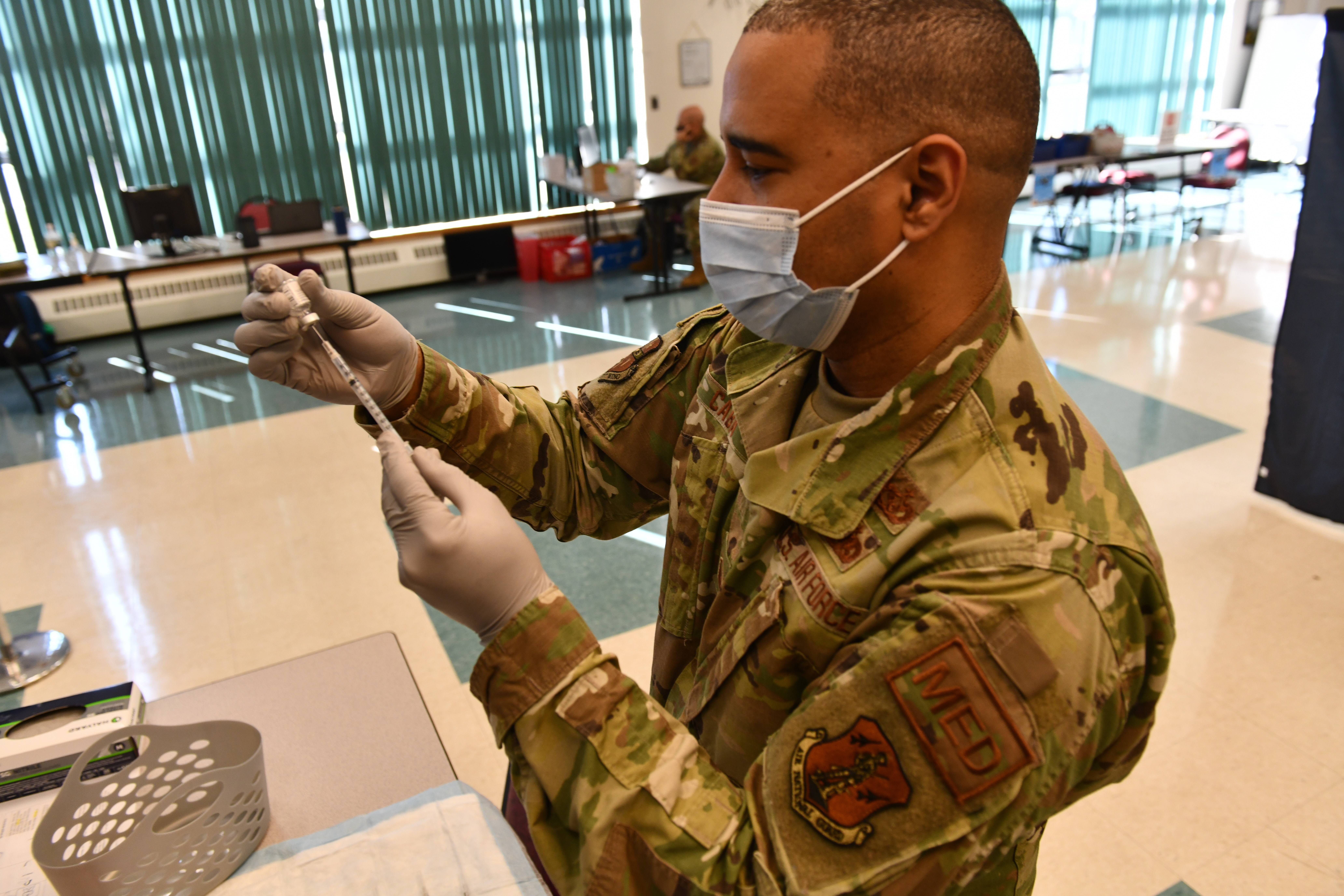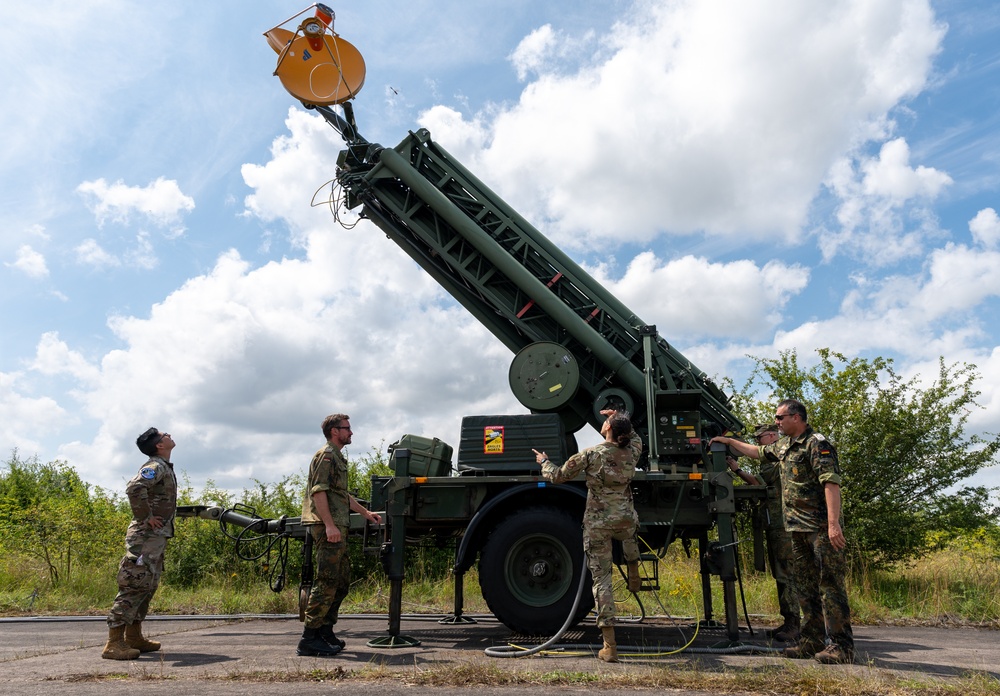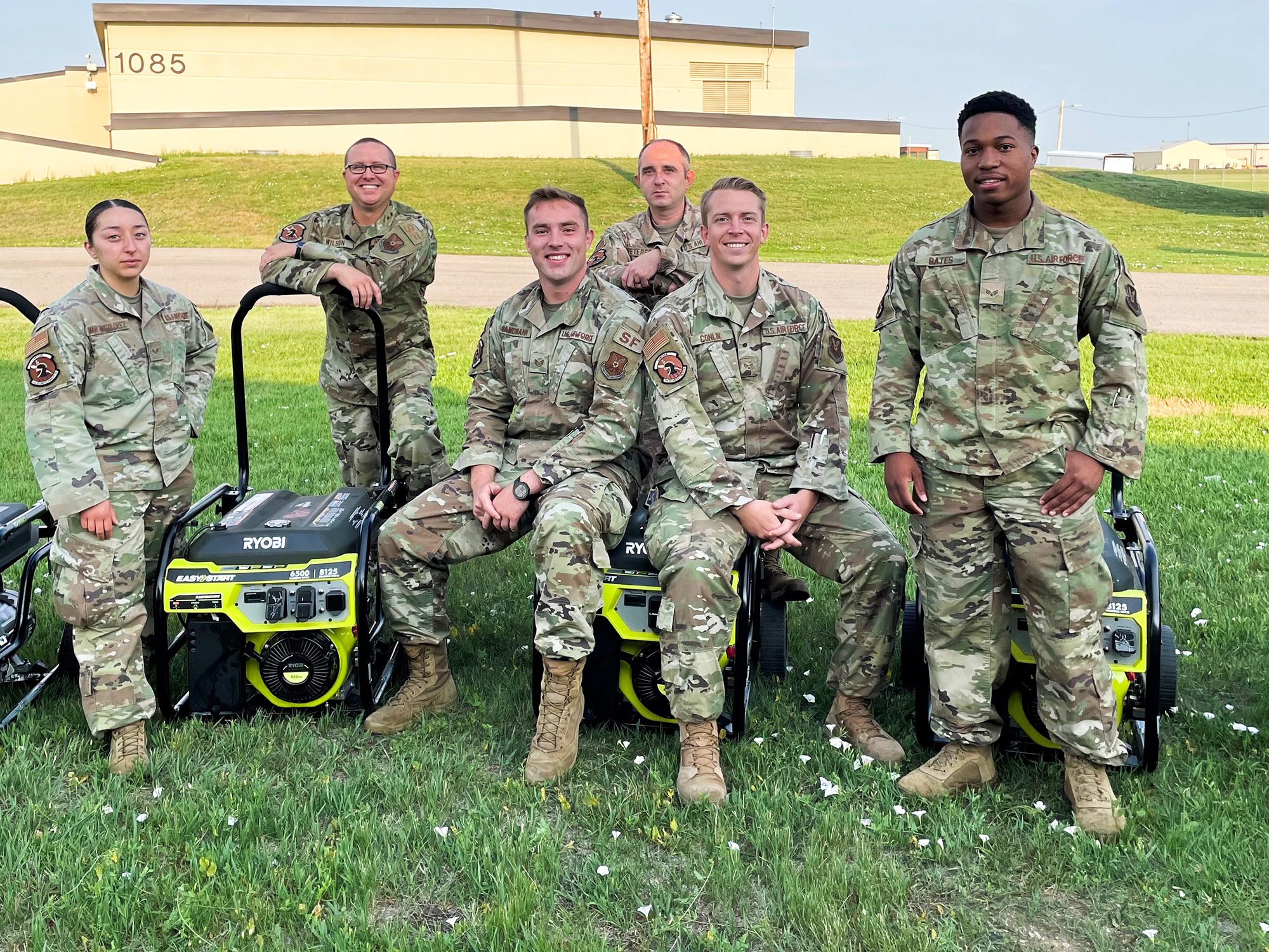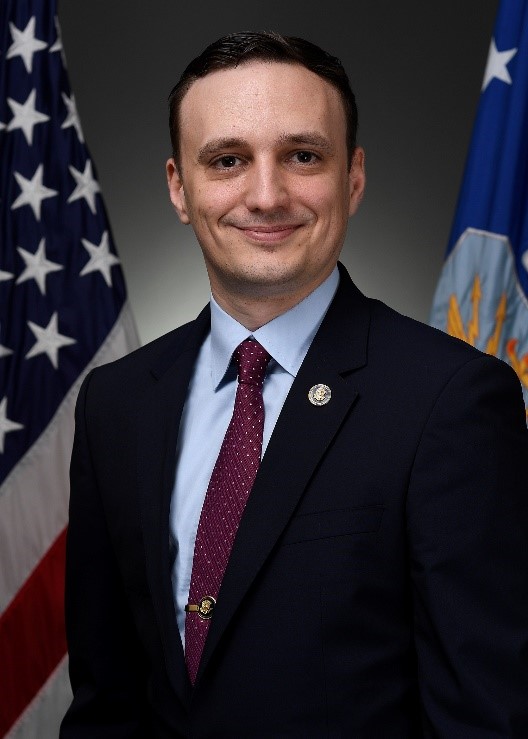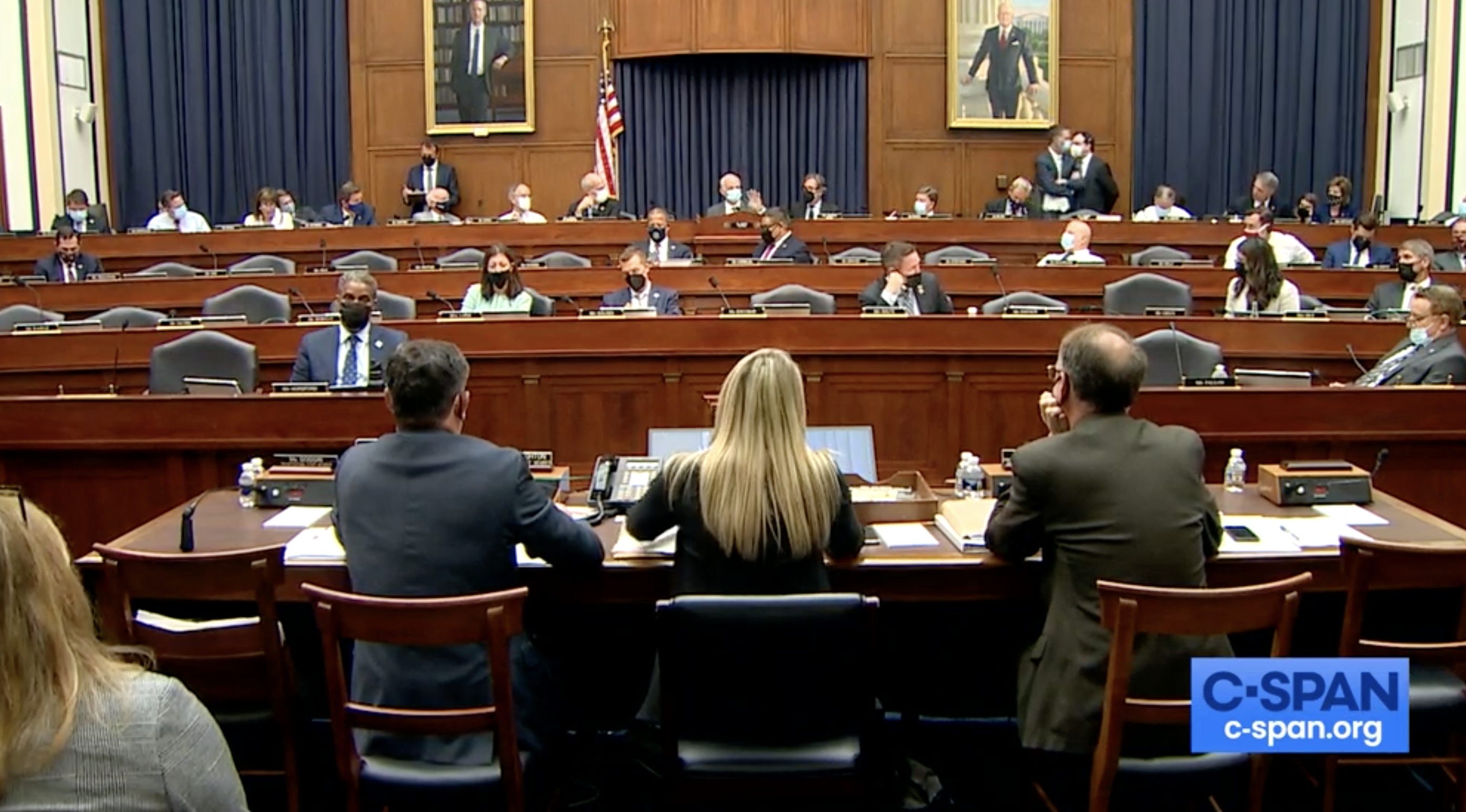The Air Force’s 12 Outstanding Airmen of the Year for 2021 will be formally recognized at AFA’s Air, Space & Cyber Conference from Sept. 20 to 22 in National Harbor, Md. Air Force Magazine is highlighting one each workday from now until the conference begins. Today, we honor Staff Sgt. Valerie Graw, a cyber operations controller with the 88th Communications Squadron Cyber Operations Center.
Graw led nine personnel and steered cyber operations for Wright-Patterson Air Force Base, Ohio, during the coronavirus pandemic. Her team resolved 5,800 network outages and enabled the increase in Air Force virtual private network users from 60,000 to 428,000, which resulted in her selection as Air Force Materiel Command’s 2020 cyber systems Airman of the Year.
Additionally, as the installation’s sole maintenance tracking system administrator, she created and managed accounts for 400 users and eight Air National Guard units. Her actions protected $6 million in information technology assets and shielded the Department of Defense’s second-most-attacked network.
Graw also earned her Community College of the Air Force degree in Information Systems Management and graduated from Airman Leadership School in the top 10 percent of her class, garnering distinguished graduate and the academic achievement award.

Read more about the other Outstanding Airmen of the Year for 2021:
